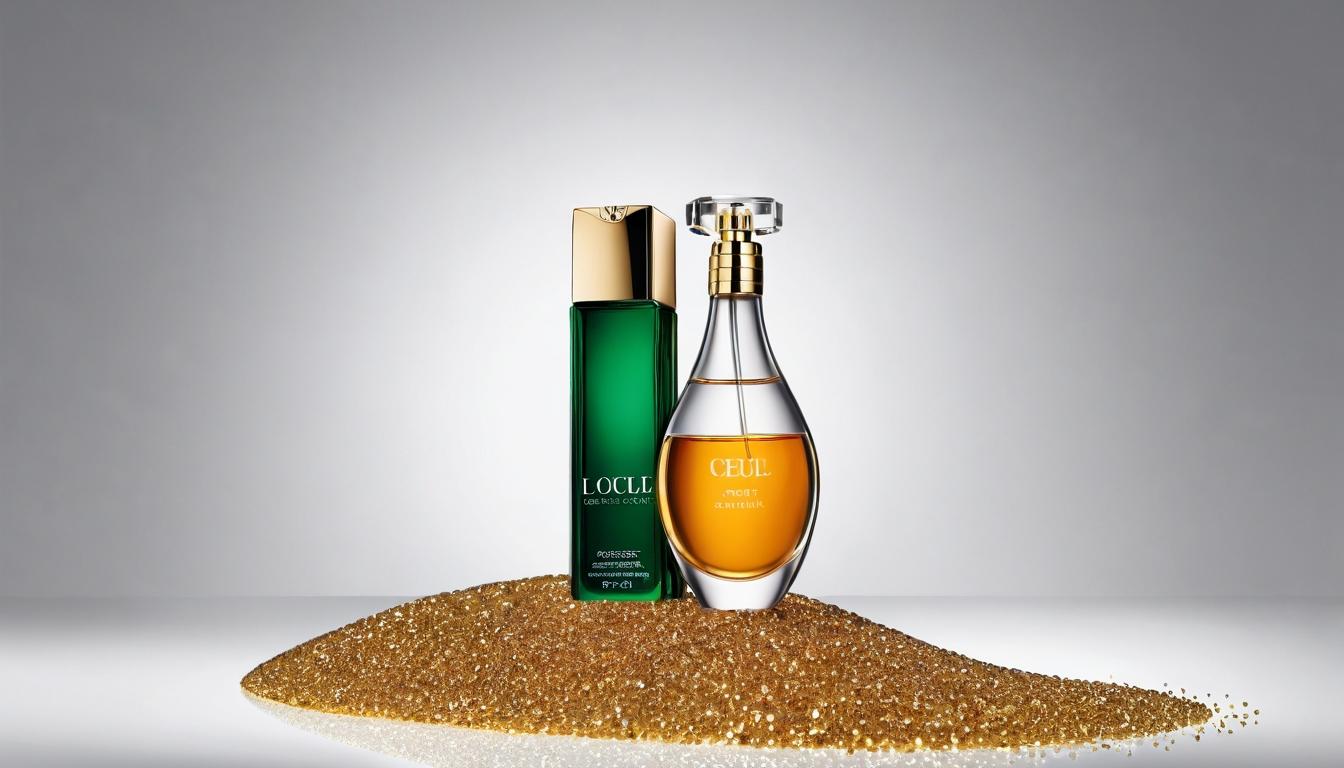In the hushed ateliers of Paris and Milan, something unprecedented is happening. The fashion industry, long criticized for its environmental footprint and opaque supply chains, is undergoing a transformation so profound it threatens to rewrite the very rules of luxury. This isn't about token capsule collections or greenwashing campaigns—this is about a fundamental rethinking of what fashion means in an age of climate consciousness.
Walk through the halls of any major fashion house today, and you'll hear conversations that would have been unthinkable a decade ago. Designers are debating the carbon footprint of silk production, executives are analyzing water consumption data, and marketing teams are grappling with how to communicate genuine sustainability efforts without appearing performative. The shift is happening not because of consumer pressure alone, but because the next generation of designers and executives actually believe in it.
What's driving this change isn't just morality—it's mathematics. Luxury brands are discovering that sustainable practices can be profitable. Deadstock fabrics are being transformed into limited edition pieces that sell out within hours. Repair and restoration services are becoming significant revenue streams. And the transparency that once terrified fashion houses is now building deeper customer loyalty than any marketing campaign ever could.
The materials revolution alone reads like science fiction. Lab-grown leather that's indistinguishable from the real thing. Fabrics woven from orange peels and coffee grounds. Dyes derived from food waste. These innovations aren't coming from fringe eco-brands anymore—they're being developed in partnership with heritage houses that have centuries of tradition to uphold. The contradiction is delicious: the most forward-thinking materials are now being embraced by the most traditional institutions.
But the real story isn't in the materials—it's in the mindset. Young designers emerging from fashion schools are bringing with them an entirely different value system. They're not interested in creating clothes that will be discarded after one season. They're building businesses around durability, repairability, and emotional connection. They're questioning why certain fabrics cost what they do, tracing supply chains back to their origins, and refusing to accept "that's how it's always been done" as an answer.
The consumer landscape has shifted just as dramatically. The woman buying a $5,000 handbag today wants to know exactly where the leather came from, who stitched it together, and what environmental standards were maintained throughout the process. She's not just buying an object—she's buying a story, and that story had better be ethically sound. This represents a radical departure from the old luxury model, where mystery and exclusivity were the primary selling points.
Perhaps most surprisingly, the pandemic accelerated this transformation in ways nobody anticipated. When supply chains broke down and fashion weeks were canceled, the industry was forced to slow down. That slowdown created space for reflection—and for rebellion against the relentless pace of fast fashion. Designers started asking why they needed to produce six collections a year. Retailers began questioning the logic of constant markdowns and disposable trends.
Now, as the industry emerges from that period of forced contemplation, the changes are becoming permanent. Brands are investing in circular business models, where clothes are designed to be repaired, resold, or eventually broken down into new materials. Rental services are becoming sophisticated enough to appeal even to the most discerning luxury customers. And the resale market—once the domain of consignment shops—is now a multi-billion dollar industry attracting venture capital and luxury conglomerates alike.
The resistance, of course, still exists. There are executives who view sustainability as a temporary trend, manufacturers who resist changing established processes, and consumers who remain skeptical of any corporate environmental claims. But the momentum has clearly shifted. What began as a niche concern has become a central business imperative.
What's emerging is a new definition of luxury—one where quality isn't just about the materials or craftsmanship, but about the entire lifecycle of a garment. It's luxury that considers environmental impact, social responsibility, and long-term value. It's fashion that doesn't just look good, but does good. And in a world increasingly conscious of its consumption, that might be the most luxurious thing of all.
The quiet rebellion of sustainable fashion: why luxury is finally listening

